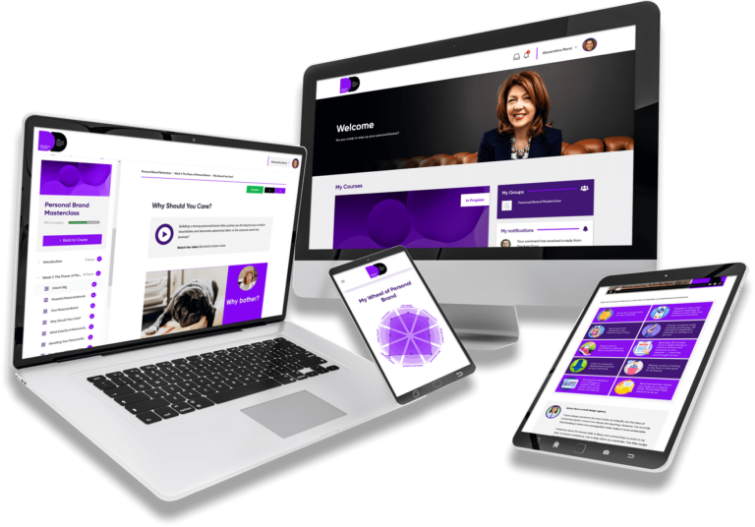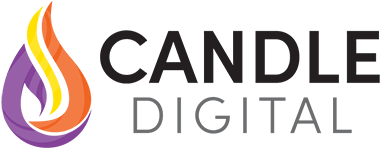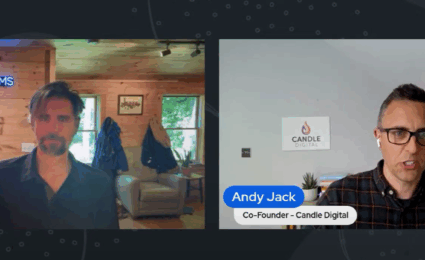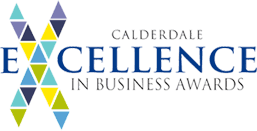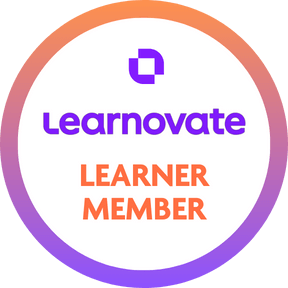How blended learning can help subject experts take control of their time

“There just aren’t enough hours in the day!”
Sound familiar?
We hear this a lot from subject experts and authorities wanting to turn their knowledge and skills into online programmes.
They can’t find the time to develop their business, carve out the lifestyle they’ve always craved or just spend more time doing the stuff they really want to.
This can often come down to the mistaken belief that they have to be involved in the delivery for every single client. If they don’t do it, it’s just not the same experience. And that quality of service is (quite rightly) everything.
If this sounds like you, then you’re always going to be flat-out either chasing the work or doing the work. And it’s an energy-sapping game that you can never win.
There is an alternative. Blended learning combines live workshops with on-demand digital content that gives your clients amazing learning experiences, while you get your time back. All of this, while enhancing the impact of your service.
Introducing blended learning
Mixing live sessions (face-to-face or online) with self-study online learning is a fantastic way to deliver high-impact online training at scale.
By blending elearning with live workshops, your learners get the best of both worlds.
They have the autonomy to study when they please and the opportunity to meet with their peers for facilitated discussions. During these conversations, they’ll increase their understanding of the topic and learn from the experiences of the other participants.
As a subject expert, blended learning has benefits too.
With a blended mix, course tutors aren’t spending precious contact time teaching the foundational material. Instead, this is left to self-study online materials.
In turn, this means your students can spend time on the video calls sharing, reflecting and collaborating.
It also means you aren’t needed 100% of the time to deliver. Instead, the on-demand online materials do much of the work for you, so you can focus on the best bit – have deep conversations about your passion.
Designing effective blended learning
At the heart of a high-impact blended learning course or programme is a detailed understanding of your audience, the problems they have that they want to be solved, the person’s current capabilities and the environment they work in/live in.
This analysis is key to empathising with the challenges they have and why/how they have arisen in the first place. If blended learning can help solve these issues, you can then design resources and learning experiences to overcome these challenges.
Of course, it is also essential to consider the client too (if this is not the learner) and how you can ensure this is commercially viable for your business.
How do I get started?
Cathy Moore’s action mapping technique is a great place to start.
Think about the transformation you want to support in your audience. What is this and how can it be measured? Then think about what interventions support this change – this could be through self-study learning, conversations, coaching or simply by providing resources.
From there you can begin to assess where your hands-on support is really needed and use this to work out the formats and journey through your learning experience.
An alternative is to talk to us! We’ve helped many subject experts take control of their time by shifting from face-to-face or Zoom delivery to a blended mix. We know what works (and what doesn’t) and can help avoid the blindspots that scupper many blended learning projects.
Fresh Insights Direct to Your Inbox
Enjoyed this article?
Join the Candle Digital Mailing List
You’ve Mastered Your Craft. Now Scale It.
